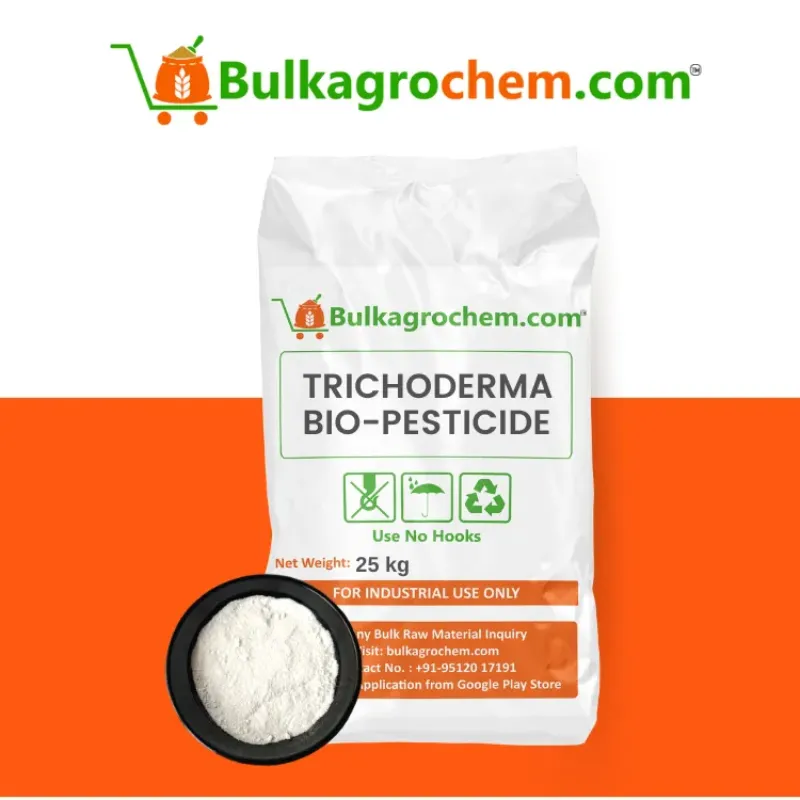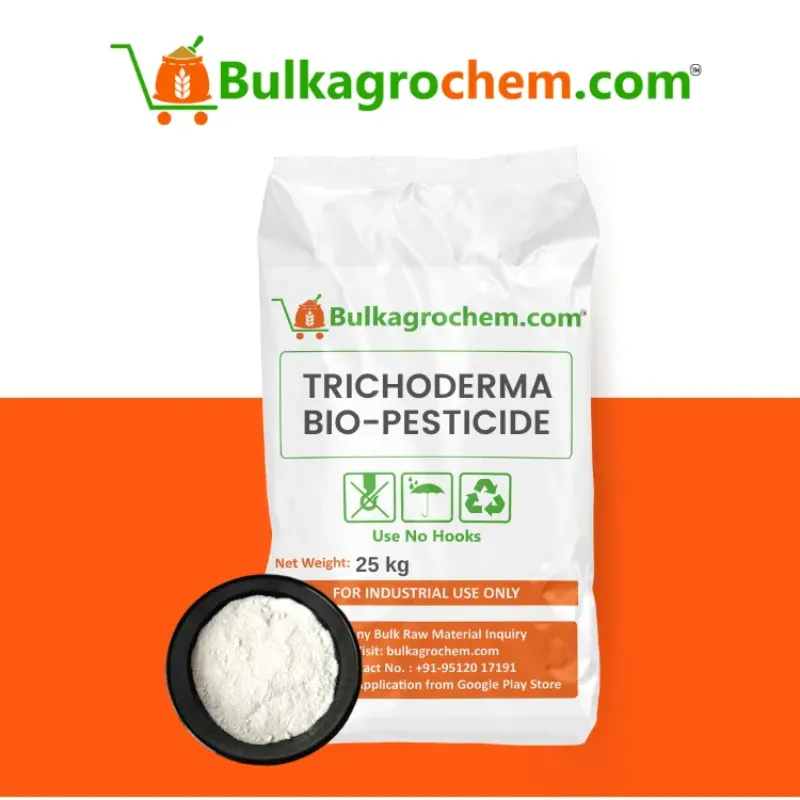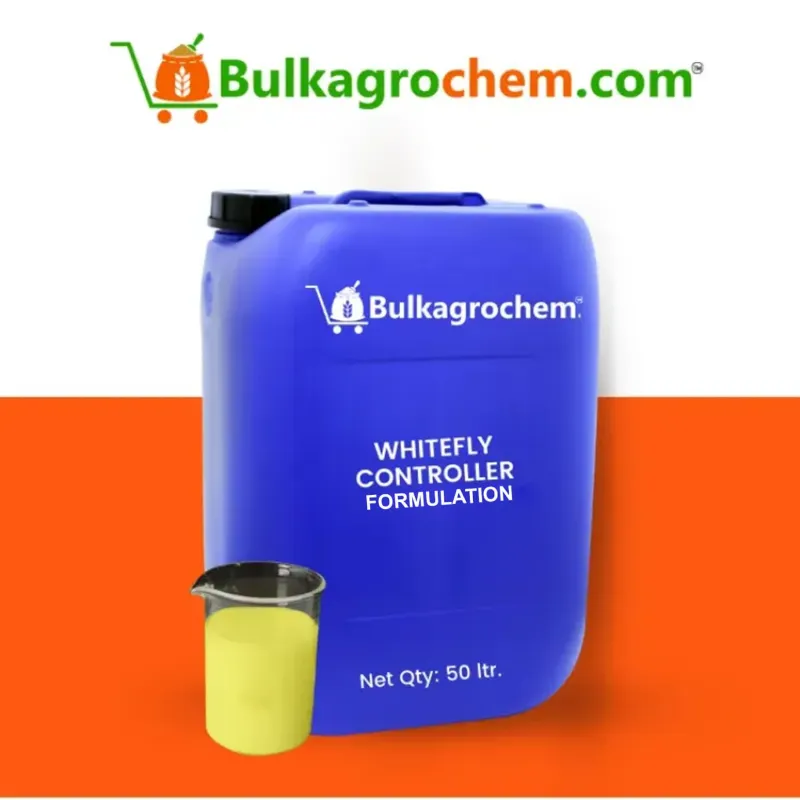Pest control is a crucial aspect of modern agriculture, and the methods used to manage pests can significantly impact both crop yield and environmental sustainability. In recent years, there has been a growing interest in natural alternatives to chemical pesticides, and one such solution is natural larvicides. Natural larvicides target the early life stages of pests, offering a more sustainable and eco-friendly approach to pest management in agriculture. In this blog, we will explore the role of natural larvicides, their benefits, and how they contribute to effective pest management strategies without harming the environment. Natural larvicides are biological or organic substances that specifically target the larval stages of insects, particularly pests, before they mature into adults. Unlike chemical pesticides that kill pests indiscriminately, natural larvicides focus on interrupting the pest life cycle by targeting larvae. These substances can be derived from plant extracts, bacteria, or other organic sources, offering a safe alternative to synthetic chemical pesticides. For example, products based on Bacillus thuringiensis (Bt), a naturally occurring bacterium, have been widely used as larvicides in agriculture. When ingested by pest larvae, Bt produces toxins that are deadly to the larvae but harmless to other organisms like humans, animals, and beneficial insects. One of the most significant advantages of using natural larvicides in agriculture is their low environmental impact. Unlike traditional chemical pesticides, which can persist in the environment and cause harm to non-target organisms, natural larvicides are biodegradable and pose minimal risk to the surrounding ecosystem. This makes them an excellent choice for farmers looking to adopt sustainable pest management practices. Since natural larvicides target specific pests and break down naturally, they reduce the likelihood of pesticide runoff contaminating soil, water, or other agricultural areas. This environmentally conscious approach is particularly crucial for large-scale farms that are looking to minimize their ecological footprint while maintaining crop productivity. One of the challenges with broad-spectrum chemical pesticides is that they often kill beneficial insects, such as pollinators and natural predators of pests, along with the pests themselves. Natural larvicides, on the other hand, are designed to target specific pest species, leaving non-target organisms unaffected. This selectivity helps to maintain the natural balance of ecosystems, allowing beneficial insects to thrive and contribute to the overall health of the farm. For instance, using natural larvicides derived from plants can help control harmful larvae populations while preserving pollinators like bees, which play an essential role in crop pollination. This targeted approach ensures that pest control measures do not inadvertently harm other critical aspects of the farm's ecosystem. One of the biggest challenges faced by farmers using synthetic pesticides is the development of resistance in pests. Over time, pests can evolve to withstand chemical treatments, making them harder to control. Natural larvicides, particularly those based on biological agents like bacteria or fungi, offer a lower risk of resistance development. This is because these larvicides work through complex biological mechanisms that are more challenging for pests to adapt to over time. By incorporating natural larvicides into pest management strategies, farmers can reduce the likelihood of creating resistant pest populations, ensuring that pest control methods remain effective for longer periods. This can help maintain a healthier crop with less reliance on chemical interventions. Another benefit of natural larvicides is their safety for both farmers and consumers. Chemical pesticides often come with health risks for those who apply them, as well as for the end consumers of the produce. Natural larvicides, being derived from non-toxic, organic materials, are much safer to handle and apply, reducing the health risks for farmers and agricultural workers. Additionally, since natural larvicides break down quickly and do not leave harmful residues on crops, they contribute to the production of healthier, safer food. Consumers are increasingly seeking produce that is grown with fewer chemicals, and the use of natural pest control methods like larvicides can help meet this demand for cleaner, safer food products. While natural larvicides may initially seem more expensive than some synthetic pesticides, they often prove to be more cost-effective in the long run. This is due to their selective targeting, reduced risk of resistance, and minimal environmental impact. Farmers can use natural larvicides as part of an integrated pest management (IPM) system, reducing the need for frequent pesticide applications and avoiding the costs associated with chemical pest control. By preventing the development of resistant pest populations, natural larvicides can help farmers maintain effective pest control strategies without having to invest in new chemical formulations regularly. Furthermore, with growing consumer demand for sustainably grown food, farmers using natural methods may gain a competitive advantage in the market. Natural larvicides are most effective when used as part of an Integrated Pest Management (IPM) approach. IPM combines biological, physical, and chemical methods of pest control to create a comprehensive, sustainable system for managing pest populations. In an IPM system, natural larvicides can be used in conjunction with other practices such as crop rotation, biological predators, and the use of organic fertilizers. For example, Bulkagrochem's bio-pesticides can complement natural larvicides in an IPM strategy by providing a broad-spectrum pest control solution that aligns with sustainable farming goals. These products help farmers manage pests while preserving the environment, ensuring a balanced ecosystem where crops can thrive. IPM emphasizes prevention, monitoring, and control, allowing farmers to apply larvicides only when pest populations reach a threshold level, rather than routinely applying pesticides regardless of need. This reduces unnecessary pesticide use, promotes healthier crops, and encourages long-term farm sustainability. Natural larvicides play a vital role in modern pest management in agriculture by offering a targeted, environmentally friendly, and sustainable alternative to synthetic chemical pesticides. They reduce the environmental impact of pest control, minimize the risk of pest resistance, and support the overall health of ecosystems by protecting beneficial insects. As more farmers turn to sustainable practices, the use of natural larvicides will likely become an increasingly important tool in maintaining crop health and productivity. When integrated with other eco-friendly products, such as Bulkagrochem's bio-pesticides and soil conditioners, natural larvicides contribute to a comprehensive pest management strategy that helps protect both crops and the environment. By adopting these methods, farmers can meet the growing consumer demand for sustainably produced food while ensuring the long-term health and productivity of their agricultural operations.What Are Natural Larvicides?
Key Benefits of Natural Larvicides in Agriculture
1. Environmentally Friendly Pest Control
2. Selective Targeting of Pests
3. Reduced Risk of Pest Resistance
4. Safe for Farmers and Consumers
5. Cost-Effectiveness for Farmers
Natural Larvicides in Integrated Pest Management (IPM)
Conclusion
Bulkagrochem
Submit your contact number & get exciting offer
Bulkagrochem.com
Bulk Purchase & Get Bulk Discount
Share your number to receive customized bulk pricing, availability updates, and exclusive offers directly via WhatsApp.

Recommended Products




